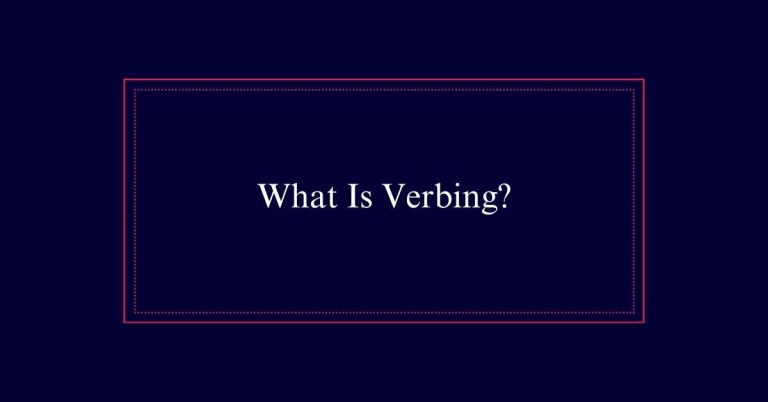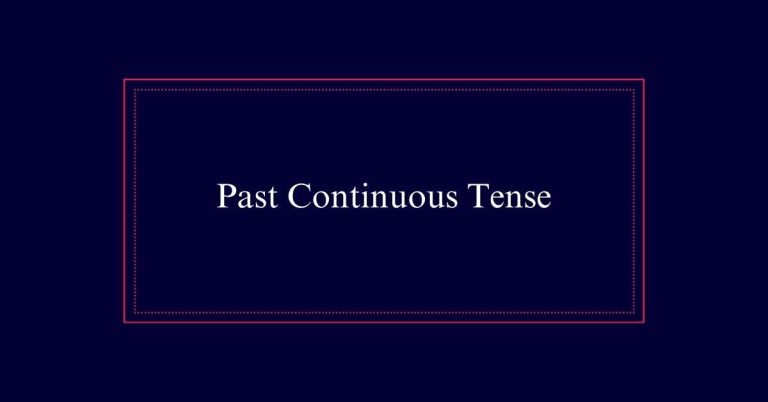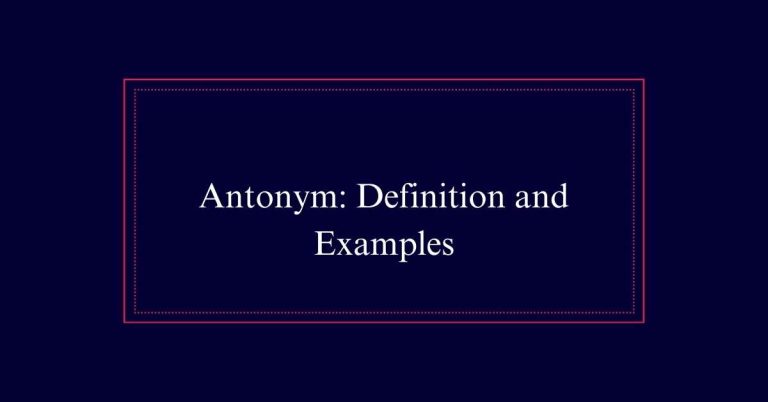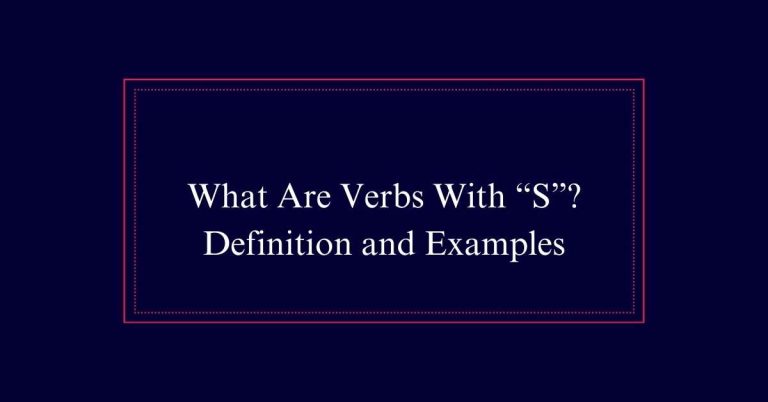Adjective Order in English
In English, adjectives typically follow a specific order to maintain clarity. This order generally starts with determiners such as ‘the’ or ‘these.’ Next, quantity adjectives like ‘many’ or ‘few’ are used. These are followed by opinion-based adjectives like ‘beautiful’ or ‘terrible.’ After that, size adjectives such as ‘tiny’ or ‘huge’ come into play.
Determiners and Their Role
Determiners are words that introduce nouns and provide context such as specificity, quantity, or possession. They are essential in guiding the reader’s understanding of the noun.
Common determiners include words like ‘the,’ ‘your,’ ‘our,’ and ‘these.’ Determiners precede any adjectives in a sentence. For instance, in ‘the large house,’ ‘the’ is the determiner, and ‘large’ is the adjective. This structure helps clarify which noun is being referred to and its characteristics.
Determiners can also indicate possession, as in ‘your car’ or ‘our project.’ They set the stage for any additional descriptive words, ensuring the noun is correctly identified and understood.
Quantity Adjectives
Quantity adjectives specify the amount or number of a noun and play an essential role in providing clarity and detail in descriptions. Examples include words like ‘one,’ ‘seven,’ ‘many,’ and ‘few.’ These adjectives help quantify the noun, giving the reader or listener a better understanding of the extent or scope being discussed.
In English, quantity adjectives typically precede other types of adjectives in a sentence. For instance, in the phrase ‘three large boxes,’ ‘three’ is the quantity adjective, and ‘large’ is the size adjective. Correctly placing quantity adjectives guarantees that descriptions are precise and easily understood.
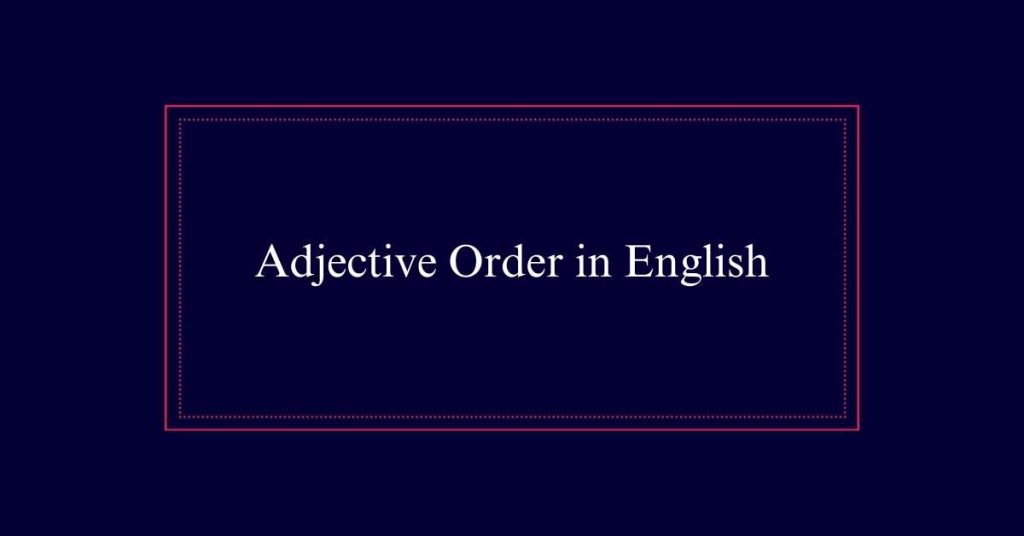
Opinion-Based Adjectives
Opinion-based adjectives convey subjective judgments and personal feelings about the noun they describe. These adjectives are often the first type of descriptor used because they reflect individual viewpoints and impressions. They can greatly vary from one person to another.
Common examples include:
- Beautiful: Reflects aesthetic appeal.
- Amazing: Conveys a sense of wonder.
- Terrible: Indicates poor quality or distress.
- Cute: Suggests attractiveness in a charming way.
- Expensive: Implies high cost and value.
Describing Size
When describing the size of a noun, adjectives like ‘huge,’ ‘tiny,’ or ‘medium-sized’ provide clear and immediate context. These adjectives give an instant sense of scale, helping the reader visualize the noun more accurately.
For example, a ‘huge elephant’ conveys a different image than a ‘tiny elephant.’ Size adjectives are important because they set the stage for further details about the noun. They usually come early in the adjective sequence, right after any adjectives of opinion.
In a phrase like ‘a beautiful, huge house,’ ‘beautiful’ is the opinion, and ‘huge’ describes the size.
Importance of Adjective Order
The proper order of adjectives is crucial for clarity and effective communication in English. When adjectives follow a specific sequence, the description becomes more understandable and impactful. This structured approach assists both writers and readers in conveying and interpreting information accurately. Incorrect adjective order can lead to confusion or a distortion of the intended meaning.
Key reasons for maintaining proper adjective order include:
- Clarity: Guarantees the message is clear.
- Readability: Makes sentences easier to read.
- Precision: Provides exact descriptions.
- Consistency: Helps uphold a standard in writing.
- Professionalism: Reflects well on the writer’s language skills.
Specificity and Order
Understanding the specificity of adjectives is crucial to mastering their correct order in English. The specificity of an adjective determines its proximity to the noun.
More specific adjectives are placed closer to the noun, while general ones appear farther away. This hierarchy guarantees clarity and precision in descriptions.
To better understand, consider the following points:
- Opinion adjectives (e.g., beautiful) often come first.
- Size adjectives (e.g., large) follow opinion adjectives.
- Age adjectives (e.g., old) come after size adjectives.
- Shape adjectives (e.g., round) are placed next.
- Color adjectives (e.g., red) are closer to the noun.
Enhancing Descriptions
Proper adjective order greatly enhances the clarity and vividness of descriptions. When adjectives are arranged correctly, descriptions become more precise and engaging. This order follows a specific sequence: determiners, quantity, opinion, size, age, shape, color, origin, material, and purpose. Each category adds distinct layers of meaning to the noun.
| Order | Example |
|---|---|
| Determiner | The |
| Quantity | Three |
| Opinion | Beautiful |
| Size | Large |
| Noun | House |
A correct sequence would be “the three beautiful large houses.” Misplacing adjectives can lead to confusion. For example, “three large beautiful the houses” sounds awkward and unclear.
Using Commas Correctly
When using multiple adjectives, it’s important to know when to separate them with commas. Commas are used to separate adjectives that belong to the same category.
If the adjectives describe different aspects, no commas are needed. Here are the key rules to remember:
- Commas are used between adjectives of the same category.
- No comma between the final adjective and the noun.
- No comma between a determiner and its adjectives.
- Test if a comma is needed by adding ‘and’ between adjectives.
- No comma if adjectives are from different categories.
Adjectives in Different Positions
How do adjectives function when they appear in different positions within a sentence? Adjectives can precede a noun or follow a verb. When adjectives precede the noun, they follow a specific order, such as “a beautiful, old house.” When they follow a verb, as in “the house is beautiful and old,” the order is less rigid. This flexibility can evoke different emotions and emphasis.
| Position | Example |
|---|---|
| Before Noun | A large, red apple |
| After Verb | The apple is large and red |
| Emphasizing Quality | The task, difficult and urgent |
| Descriptive Listing | The urgent, difficult task |
| Simple Description | A small, cozy room |

